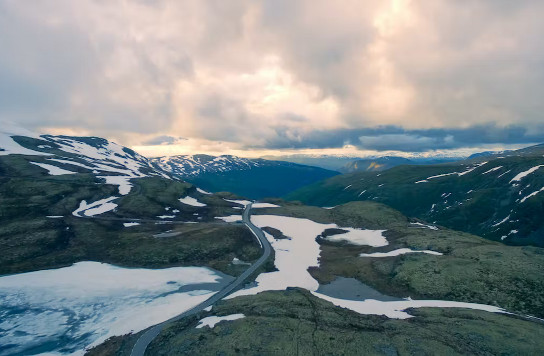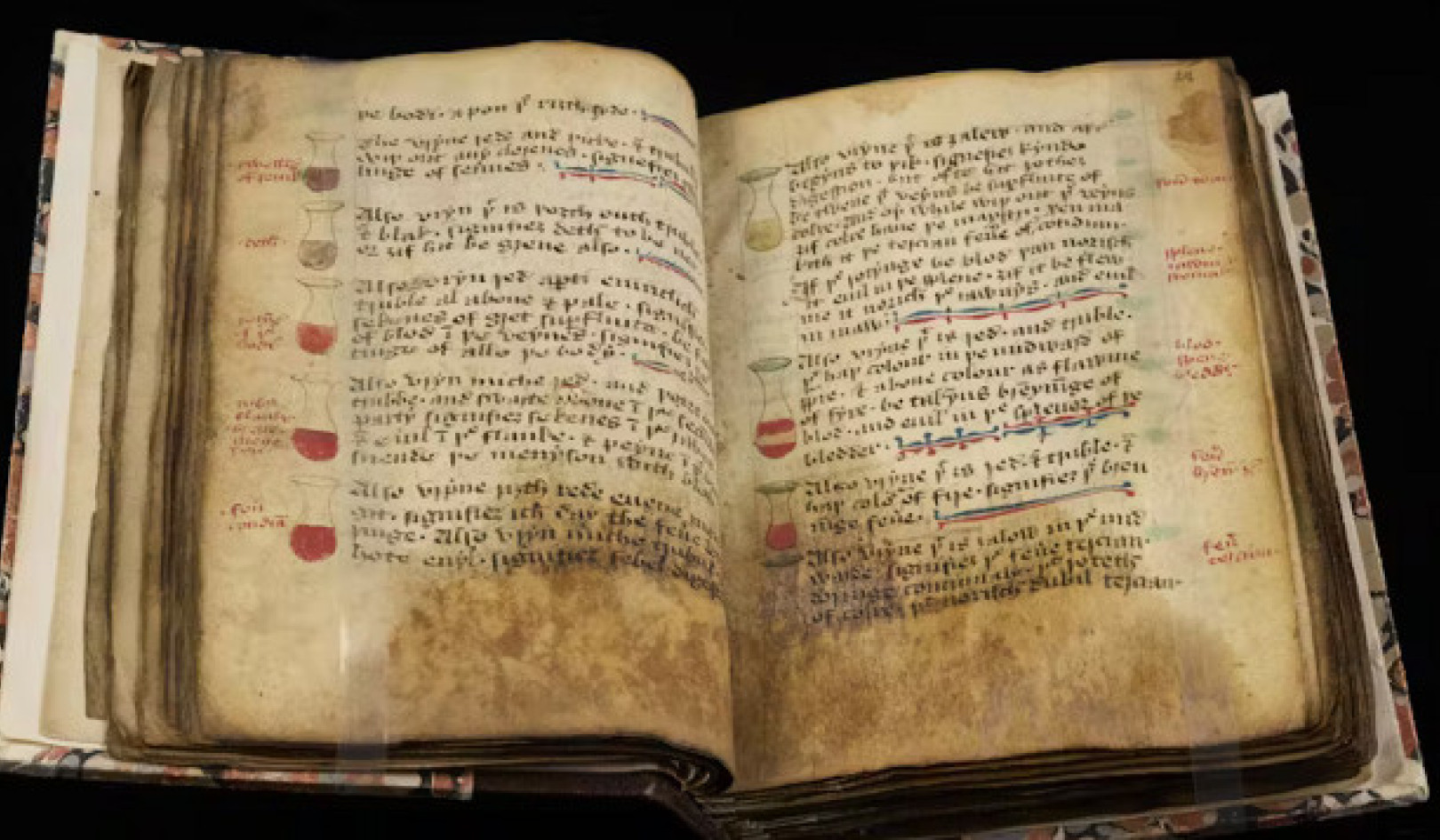
This is very close to the 71 billion tonnes of world reserves that we already knew about.
Phosphate is one of the key materials used in one type of lithium ion battery, known as “LFP”, and demand for these batteries – and the underlying phosphate – is growing fast. It is therefore a very big deal that some commentators have suggested this new deposit could meet the world’s phosphate rock needs for the next half a century.
Until this discovery, just five countries controlled 85% of global reserves, with 70% in Morocco alone. For now though it is China that mines the most phosphate rock, producing 85 million tonnes in 2021, with Morocco the next at 38 million tonnes.
This uneven distribution is a particular worry for those countries and regions that have missed out, as phosphate rock is considered a “critical material”. Critical materials are elements that are economically important but are at risk of sudden supply disruptions or generally being in short supply.
The element phosphorus (phosphate is its naturally occurring form) is on the European critical materials list. In the UK, while phosphate rock is not on the critical materials list, it is instead on a “watchlist” of materials of concern.
Food v cars
The new discovery could avoid a looming conflict between farming and electric vehicles over scarce phosphate, perhaps with echoes of the “food vs fuel” dilemma as biofuels compete for agricultural land. Currently, about 90% of phosphate production goes into agricultural fertilisers (phosphorus is the “P” in NPK fertilisers).
The transport industry has to be more picky: only 10% of phosphorus found in sedimentary rock is suitable to make the high purity phosphoric acid used in those LFP car batteries. Perhaps the new Norway reserves will mean both can have as much as they need.
Previously, there had been a greater focus on other ways to manufacture lithium ion batteries, involving nickel and other materials such as cobalt, manganese or aluminium. These batteries store more energy at the same weight. However, they are themselves dependent on other critical elements (cobalt for instance is mostly found in the Democratic Republic of Congo).
In comparison, the materials used to produce LFP batteries are relatively cheap and abundant – some in the industry have jokingly referred to them as “rust and fertiliser” batteries. Elon Musk has said that his company, Tesla, plans to shift more of its vehicle production to LFP batteries, which offer suitable performance for medium range EVs and stationary storage, that over time.
They are also generally regarded as safer, they charge quickly and, unlike their rivals, they can be charged to 100% without losing any lifetime.
While the material used in LFP batteries does not perform quite as well (in terms of storage per weight) as nickel-based batteries, carmakers have tried to circumvent the problem by making the other components of the battery lighter. This could also help make these batteries more recyclable.
But herein lies another challenge for LFP batteries. Because the materials used to make them are that much cheaper, there is less value to recover at the end-of-life for recyclers, which makes the economics of recycling them more of a challenge.
The International Energy Agency has said LFP type batteries are used in 30% of the world’s new electric vehicles, and nearly all of this 30% is made in China. The market for LFP batteries is forecast to grow from US$10 billion (£7.8 billion) to US$50 billion (£39 billion) in the period 2021-2028. In this context, the discovery in Norway is potentially a massive boon for European automakers, as one of the key battery materials might now be located on the doorstep.
That said, it is always a long journey from discovery of a resource to production, finding the resource represents the foot of the mountain. While the discovery is welcome, much must be done to mobilise this resource for the benefit of the battery industry.
If further exploration provides favourable results, Norway plans to fast-track the mine with an estimated opening date of 2028. So maybe some time in the next decade, you might enjoy your first trip in an electric car whose energy storage is enabled by Norwegian phosphate.![]()
About The Author
Gavin D. J. Harper, Research Fellow, Birmingham Centre for Strategic Elements & Critical Materials, University of Birmingham
This article is republished from The Conversation under a Creative Commons license. Read the original article.
Recommended books:
Capital in the Twenty-First Century
by Thomas Piketty. (Translated by Arthur Goldhammer)
 In Capital in the Twenty-First Century, Thomas Piketty analyzes a unique collection of data from twenty countries, ranging as far back as the eighteenth century, to uncover key economic and social patterns. But economic trends are not acts of God. Political action has curbed dangerous inequalities in the past, says Thomas Piketty, and may do so again. A work of extraordinary ambition, originality, and rigor, Capital in the Twenty-First Century reorients our understanding of economic history and confronts us with sobering lessons for today. His findings will transform debate and set the agenda for the next generation of thought about wealth and inequality.
In Capital in the Twenty-First Century, Thomas Piketty analyzes a unique collection of data from twenty countries, ranging as far back as the eighteenth century, to uncover key economic and social patterns. But economic trends are not acts of God. Political action has curbed dangerous inequalities in the past, says Thomas Piketty, and may do so again. A work of extraordinary ambition, originality, and rigor, Capital in the Twenty-First Century reorients our understanding of economic history and confronts us with sobering lessons for today. His findings will transform debate and set the agenda for the next generation of thought about wealth and inequality.
Click here for more info and/or to order this book on Amazon.
Nature's Fortune: How Business and Society Thrive by Investing in Nature
by Mark R. Tercek and Jonathan S. Adams.
 What is nature worth? The answer to this question—which traditionally has been framed in environmental terms—is revolutionizing the way we do business. In Nature’s Fortune, Mark Tercek, CEO of The Nature Conservancy and former investment banker, and science writer Jonathan Adams argue that nature is not only the foundation of human well-being, but also the smartest commercial investment any business or government can make. The forests, floodplains, and oyster reefs often seen simply as raw materials or as obstacles to be cleared in the name of progress are, in fact as important to our future prosperity as technology or law or business innovation. Nature’s Fortune offers an essential guide to the world’s economic—and environmental—well-being.
What is nature worth? The answer to this question—which traditionally has been framed in environmental terms—is revolutionizing the way we do business. In Nature’s Fortune, Mark Tercek, CEO of The Nature Conservancy and former investment banker, and science writer Jonathan Adams argue that nature is not only the foundation of human well-being, but also the smartest commercial investment any business or government can make. The forests, floodplains, and oyster reefs often seen simply as raw materials or as obstacles to be cleared in the name of progress are, in fact as important to our future prosperity as technology or law or business innovation. Nature’s Fortune offers an essential guide to the world’s economic—and environmental—well-being.
Click here for more info and/or to order this book on Amazon.
Beyond Outrage: What has gone wrong with our economy and our democracy, and how to fix it -- by Robert B. Reich
 In this timely book, Robert B. Reich argues that nothing good happens in Washington unless citizens are energized and organized to make sure Washington acts in the public good. The first step is to see the big picture. Beyond Outrage connects the dots, showing why the increasing share of income and wealth going to the top has hobbled jobs and growth for everyone else, undermining our democracy; caused Americans to become increasingly cynical about public life; and turned many Americans against one another. He also explains why the proposals of the “regressive right” are dead wrong and provides a clear roadmap of what must be done instead. Here’s a plan for action for everyone who cares about the future of America.
In this timely book, Robert B. Reich argues that nothing good happens in Washington unless citizens are energized and organized to make sure Washington acts in the public good. The first step is to see the big picture. Beyond Outrage connects the dots, showing why the increasing share of income and wealth going to the top has hobbled jobs and growth for everyone else, undermining our democracy; caused Americans to become increasingly cynical about public life; and turned many Americans against one another. He also explains why the proposals of the “regressive right” are dead wrong and provides a clear roadmap of what must be done instead. Here’s a plan for action for everyone who cares about the future of America.
Click here for more info or to order this book on Amazon.
This Changes Everything: Occupy Wall Street and the 99% Movement
by Sarah van Gelder and staff of YES! Magazine.
 This Changes Everything shows how the Occupy movement is shifting the way people view themselves and the world, the kind of society they believe is possible, and their own involvement in creating a society that works for the 99% rather than just the 1%. Attempts to pigeonhole this decentralized, fast-evolving movement have led to confusion and misperception. In this volume, the editors of YES! Magazine bring together voices from inside and outside the protests to convey the issues, possibilities, and personalities associated with the Occupy Wall Street movement. This book features contributions from Naomi Klein, David Korten, Rebecca Solnit, Ralph Nader, and others, as well as Occupy activists who were there from the beginning.
This Changes Everything shows how the Occupy movement is shifting the way people view themselves and the world, the kind of society they believe is possible, and their own involvement in creating a society that works for the 99% rather than just the 1%. Attempts to pigeonhole this decentralized, fast-evolving movement have led to confusion and misperception. In this volume, the editors of YES! Magazine bring together voices from inside and outside the protests to convey the issues, possibilities, and personalities associated with the Occupy Wall Street movement. This book features contributions from Naomi Klein, David Korten, Rebecca Solnit, Ralph Nader, and others, as well as Occupy activists who were there from the beginning.
Click here for more info and/or to order this book on Amazon.






















